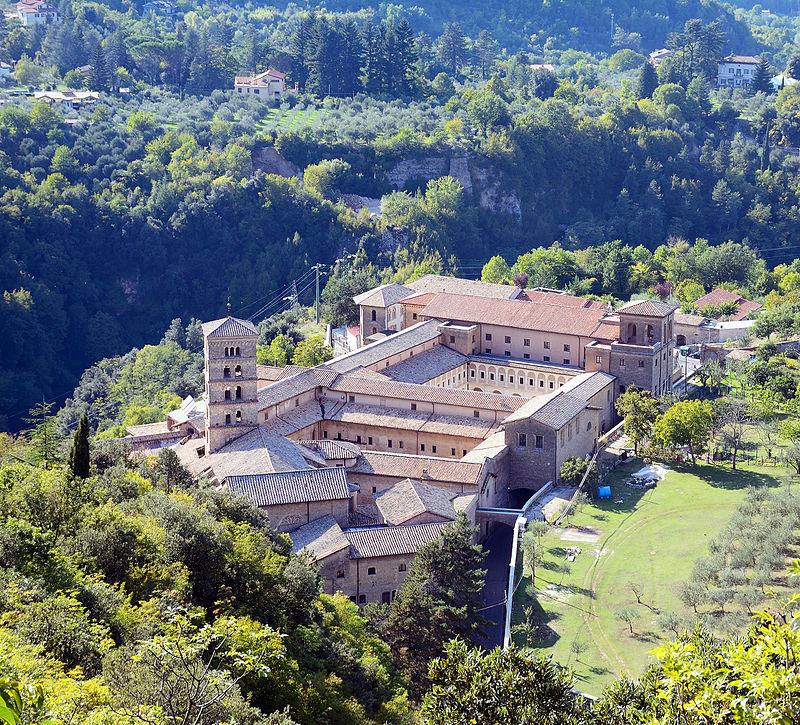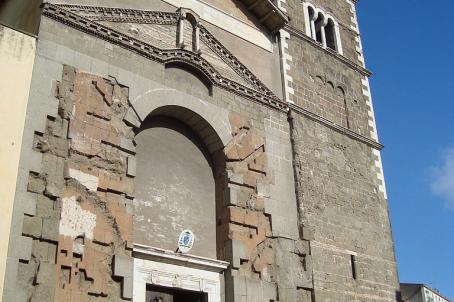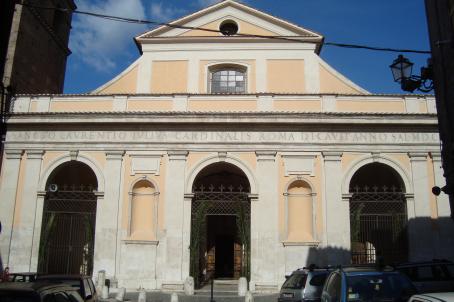Santa Scholastica Abbey
At the beginning of the century, St. Benedict, who was from a good family and trained in Rome, retired near an ancient Roman villa in a cave in Subiaco. Over the years, there are no less than 13 monastic communities around Subiaco, including the one that later took the name of Saint Scholastica. The territorial abbey of Subiaco, or Abbey of Santa Scholastica, was formed in the 11th century from dismembered territories of the diocese of Tivoli. In the 9th century, the monastery of Saint Scholastica was devastated twice by the Saracens, in 828-829 and 876-877. After its reconstruction and enlargement, the Abbey of Sainte-Scholastique had its hours of glory in the 11th and 12th centuries.






